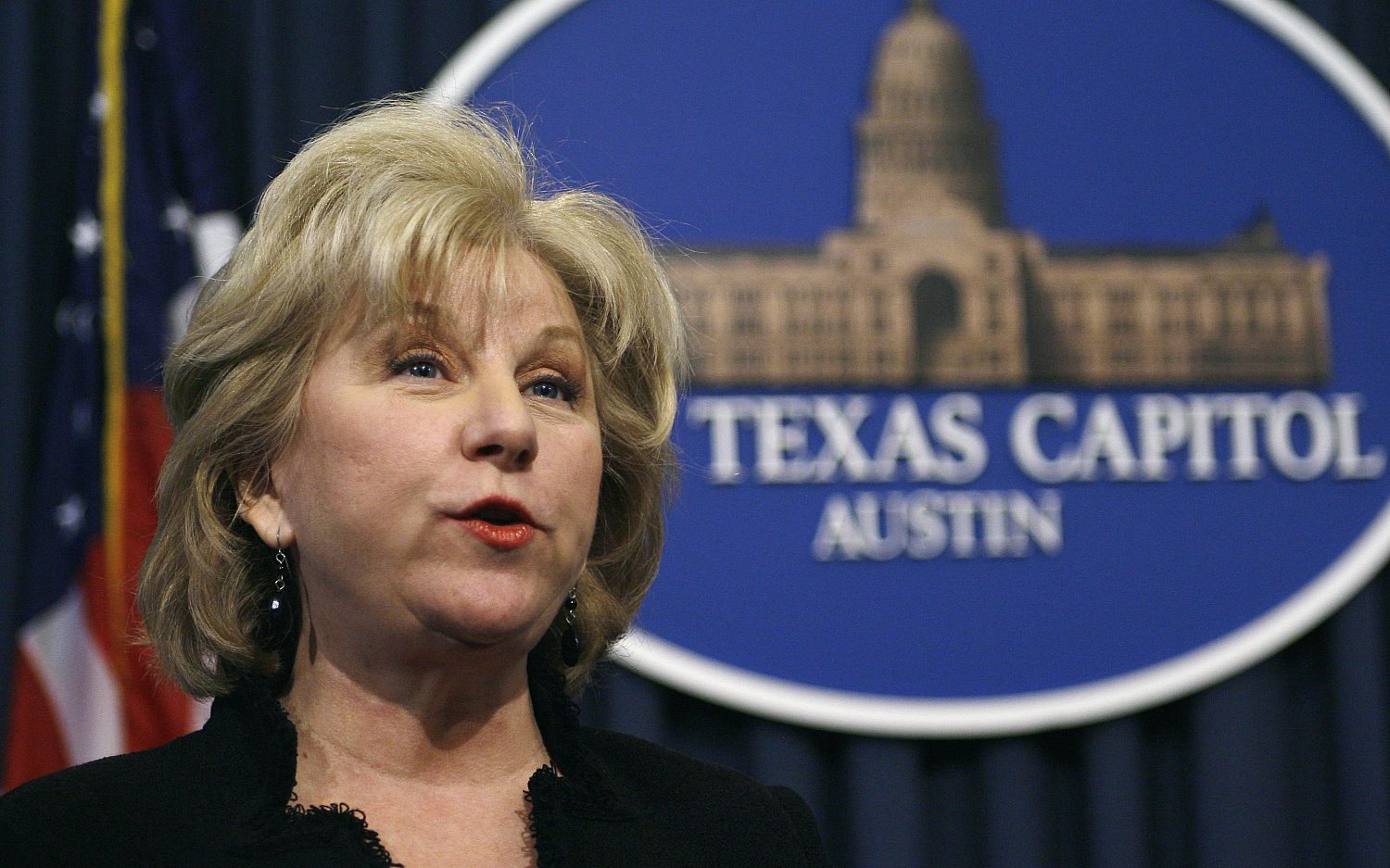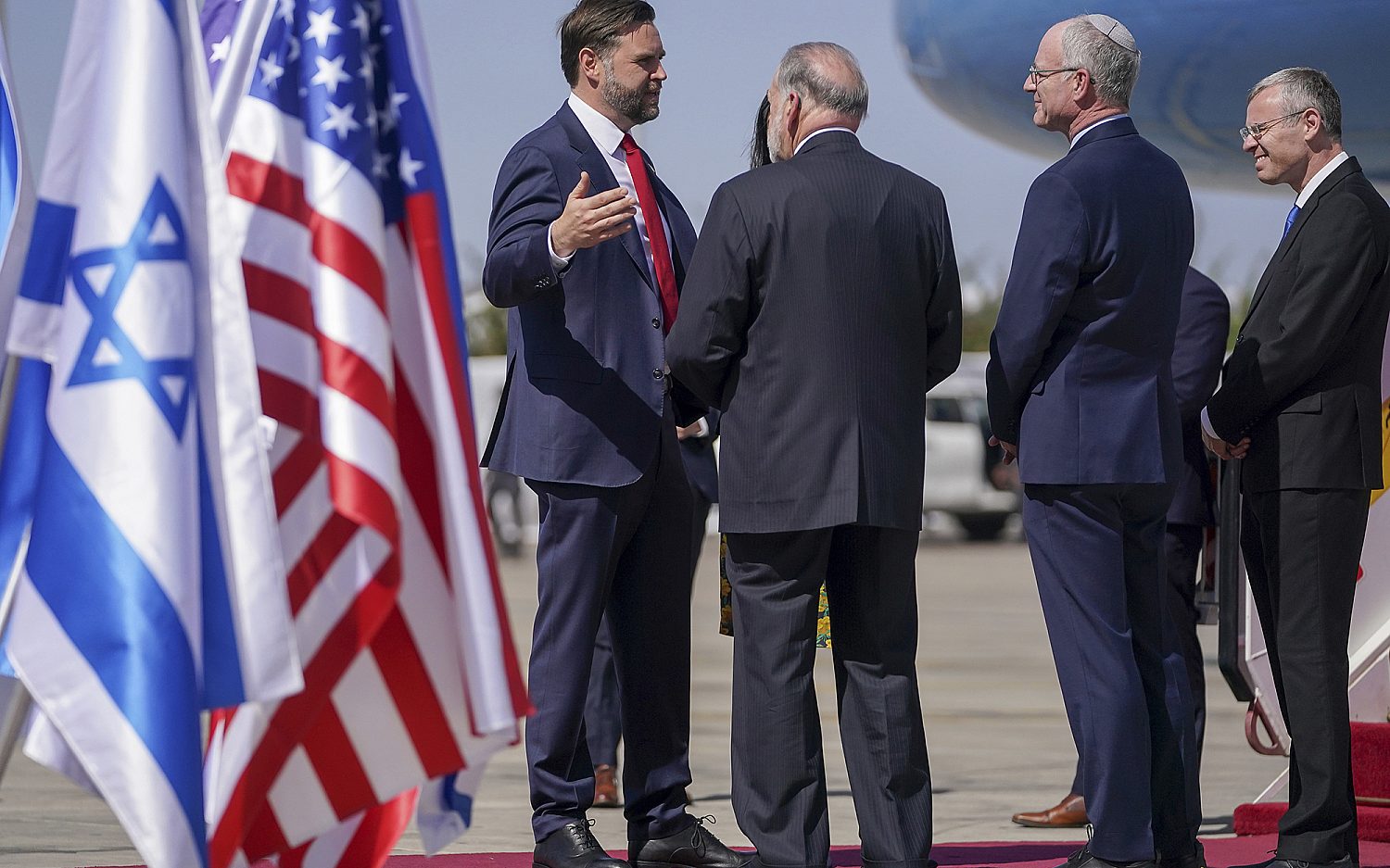Airline seats put the squeeze on passengers
To offset skyrocketing fuel prices, airlines are squeezing more people into each plane by trimming seats widths and adding rows.
While economy seating previously averaged around 19 inches between armrests, airlines now are ordering 17-inch-wide seats on their Boeing 777 and 787 Dreamliners, and installing 18-inch seats for their Airbus 350s—all models used for long-haul flights.
Older 777s fit economy class with 9 seats per row—in three sets of three. In 2012, Boeing reported filling nearly 70 percent of its 777 orders with a 10-abreast row design. Airbus is selling A330 jetliners fitted with even narrower 16.7-inch seats in 9-seat rows, though the cabin body is designed to hold eight. The extra seat makes the aisle more narrow, which leads to more hits from the beverage cart for those in aisle seats—a regular complaint from travelers, said Mark Koschwitz of SeatExpert.com.
The airline seat shrinkage doesn’t sit well with some passengers when they compare flying two hours in a 17-inch-wide seat to watching a movie in a 25-inch Regal Cinema seat or riding in Amtrak’s 20.5-inch coach seats. At 6-foot-3, Mike Lindsey of Lake Elsinore, Calif., is loathe to give another inch to airlines. A Southwest Airlines regular, he has flown several times in the new seats. “You can't stretch out because of the reduced legroom,” he says. “It's very uncomfortable on anything longer than an hour.”
To counter backlash over the perceived lack of concern about passenger comfort, companies such as United Airlines say they test seats with people of varying “shapes and sizes.”
For three decades, Kathleen Robinette studied human body measurements in the U.S. Air Force. CNNreported a summary: “In 1962, the U.S. government measured the width of the American backside in the seated position. It averaged 14 inches for men and 14.4 inches for women.” Forty years later, an Air Force study directed by Robinette showed male and female backsides had blown up on average to more than 15 inches.
New airline seats are lighter, meaning they save fuel, without compromising comfort, airlines insist. United estimated new seats make an A320 1,200 pounds lighter. Southwest claims changing to new seats reduces $10 million per year in fuel spending. Delta Air Lines has moved to slimline seats for nearly a third of its fleet. And Alaska Airlines will replace every seat in its fleet by the end of 2014, adding power outlets—something passengers had asked for.
Airlines have tried to hike fares 48 times in the past three years, according to FareCompare.com. But they abandoned 29 of those attempts, because booking demand fell. Charging fees to offset costs is the airlines’ best-known secret: Passengers may elect to pay for increased legroom, flatbed business seats, gourmet meals, or even door-to-door baggage service. Fees net U.S. airlines $15 billion yearly and account for 10 percent of revenue. They are the reason most see profits.
The Associated Press contributed to this report.
An actual newsletter worth subscribing to instead of just a collection of links. —Adam
Sign up to receive The Sift email newsletter each weekday morning for the latest headlines from WORLD’s breaking news team.




Please wait while we load the latest comments...
Comments
Please register, subscribe, or log in to comment on this article.